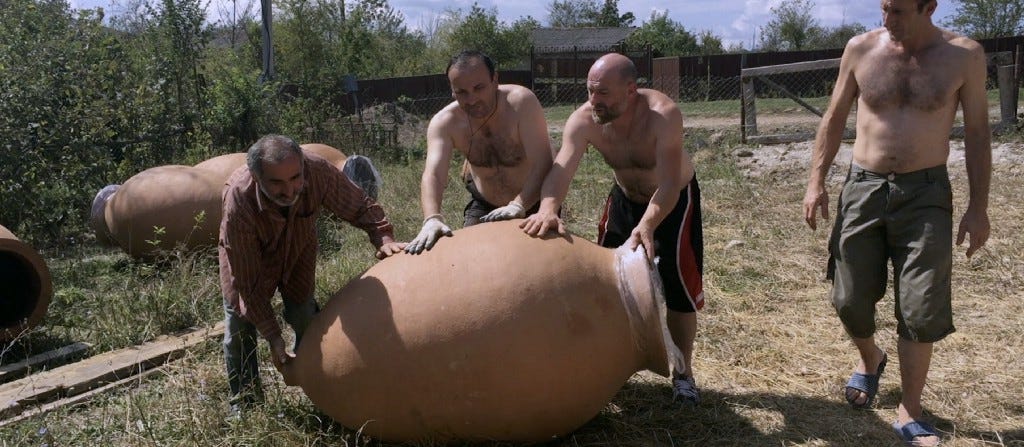‘Our Blood is Wine’ is a Mesmerizing but Disorganized Love Letter to Georgian Wine Culture
Filmmaker Emily Railsback lets her subject breathe.

Everyone of a certain age has an opinion on wine, even if that opinion is “I don’t see the appeal.” But for many people who do see the appeal, especially the committed connoisseurs and especially those who make their livelihoods as growers and producers, wine is not just a beverage but a way of life. If…
Keep reading with a 7-day free trial
Subscribe to Nonfics to keep reading this post and get 7 days of free access to the full post archives.



